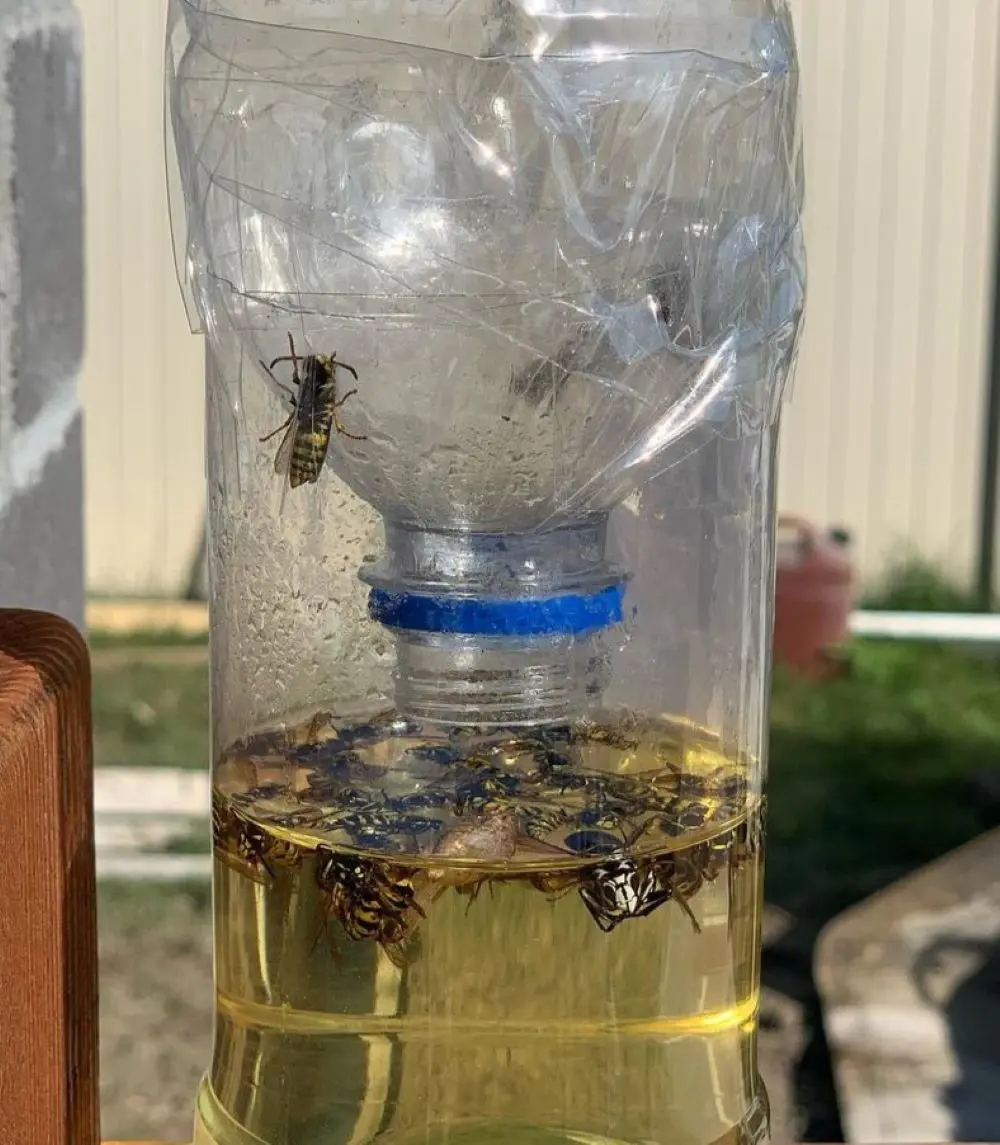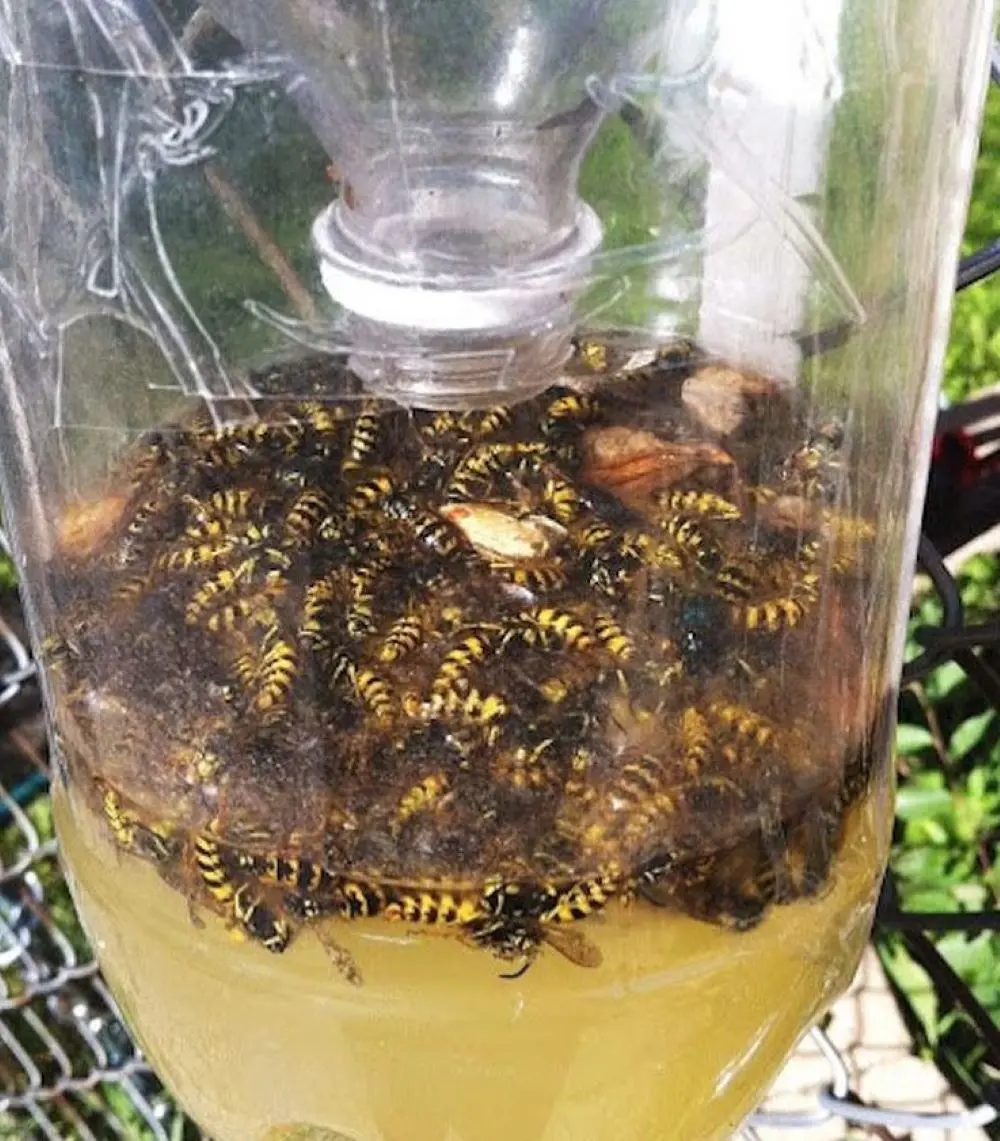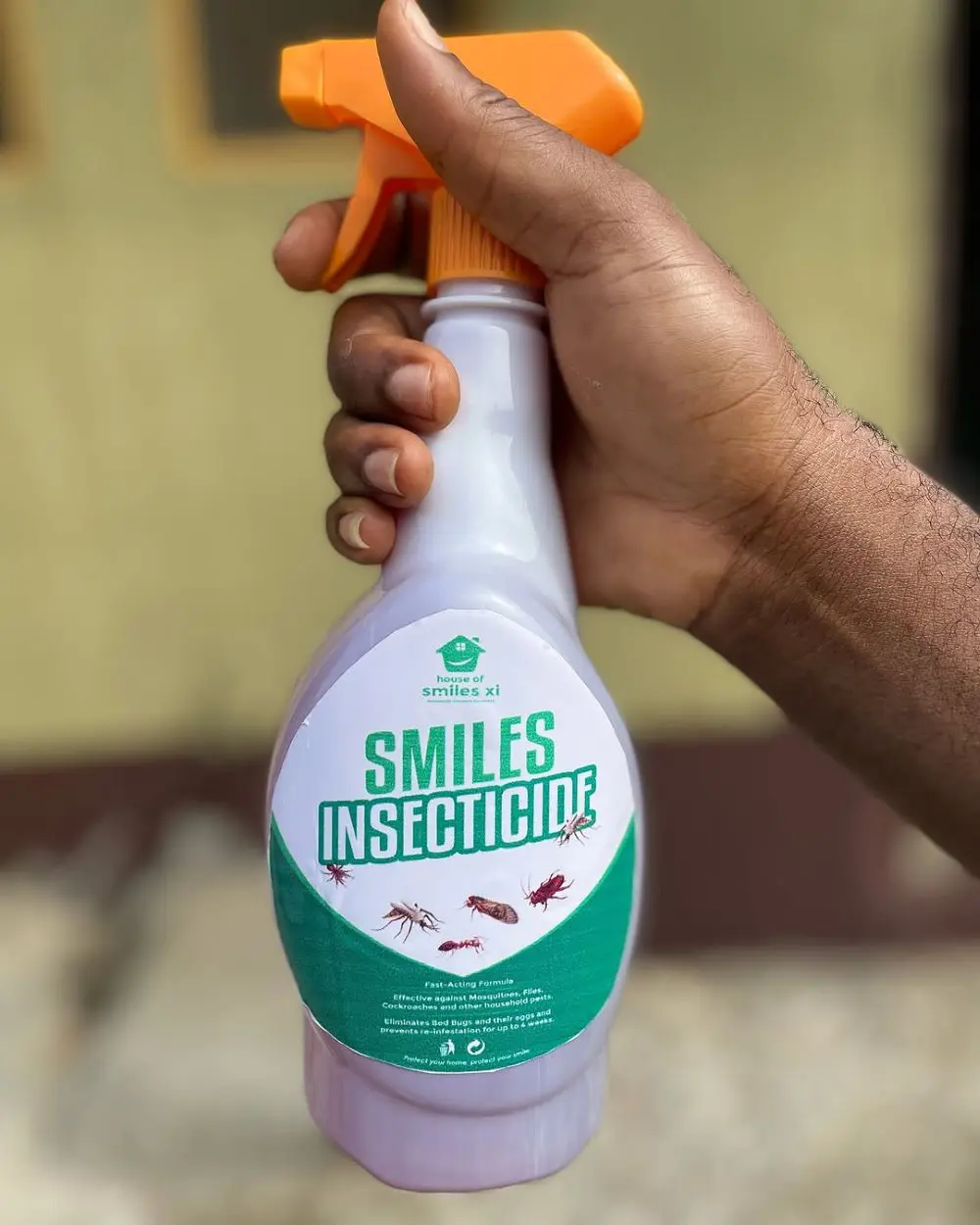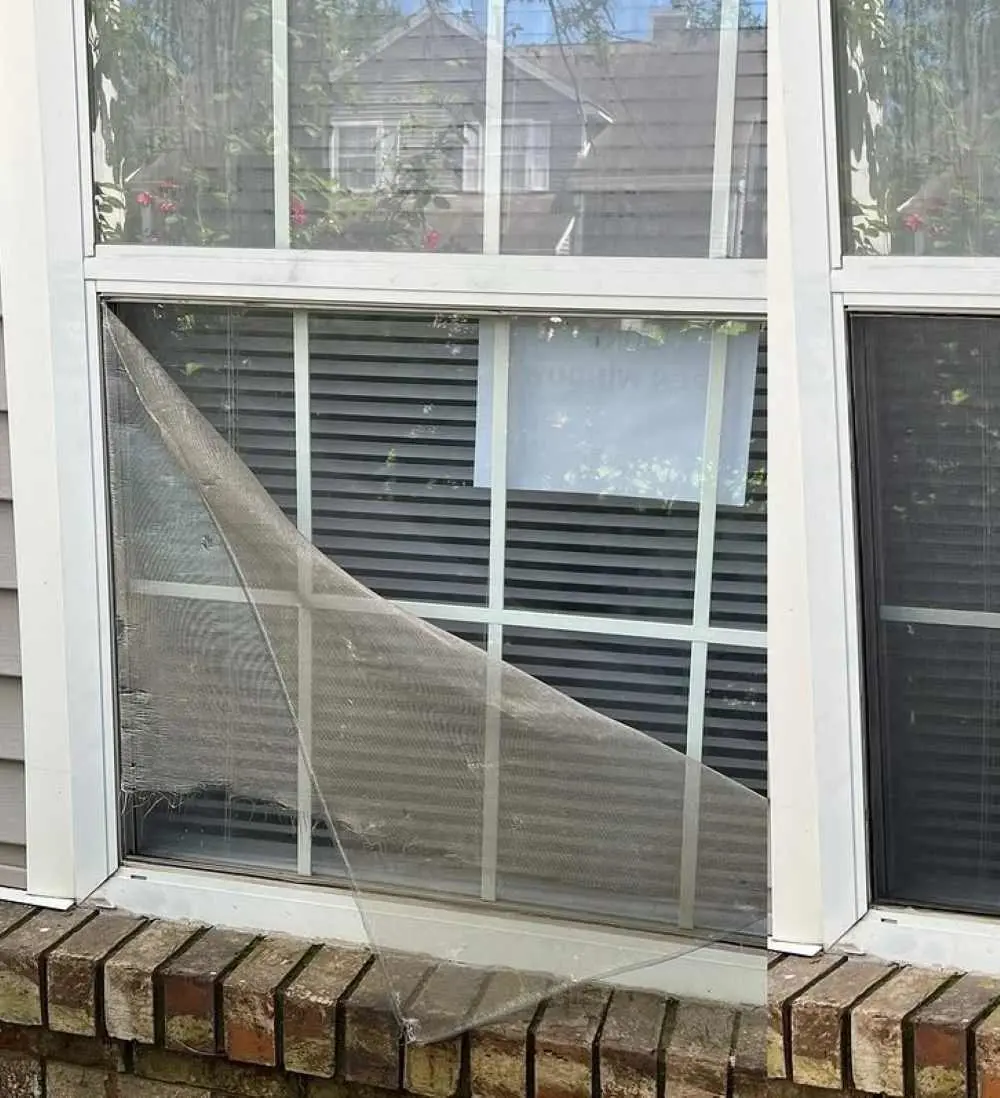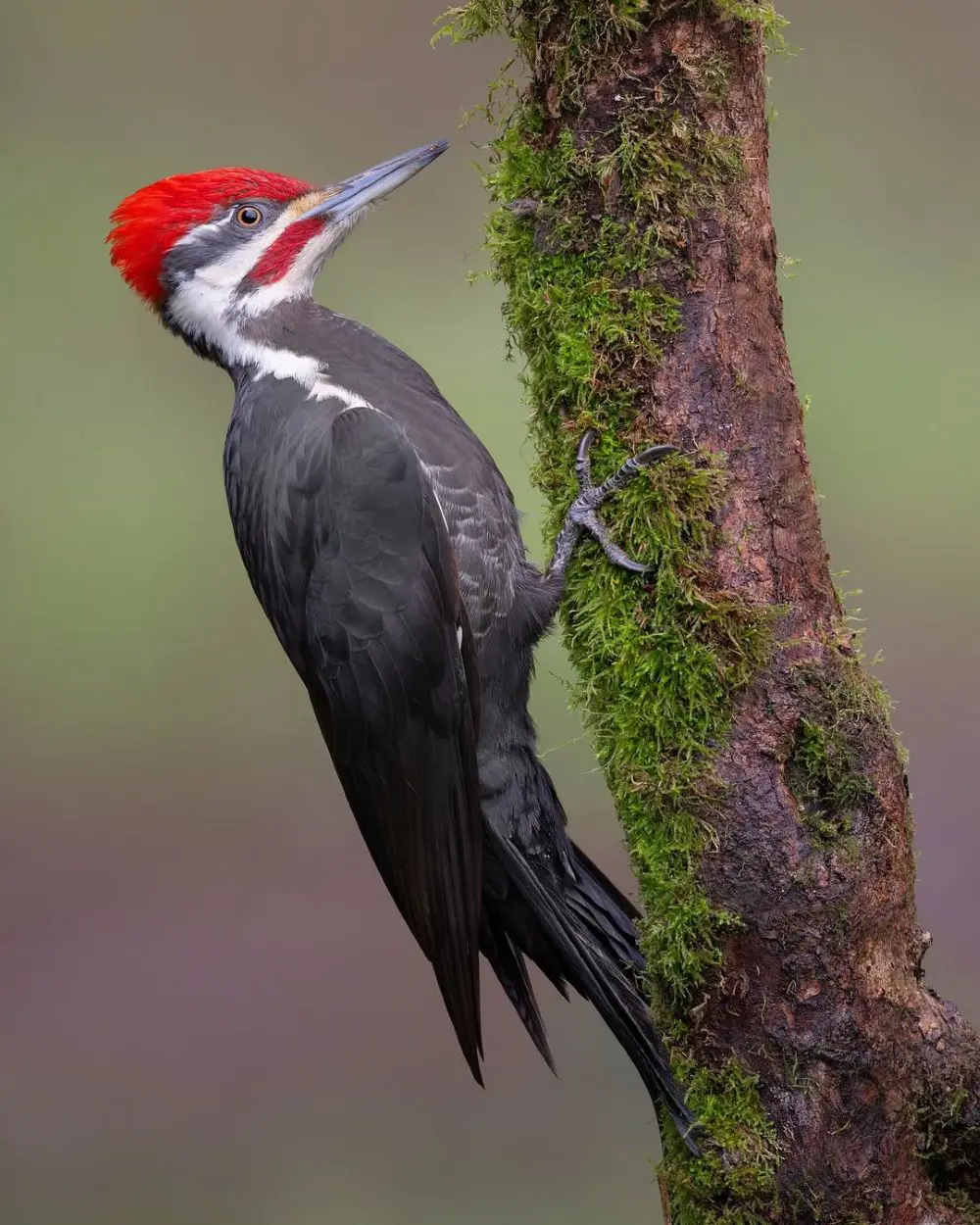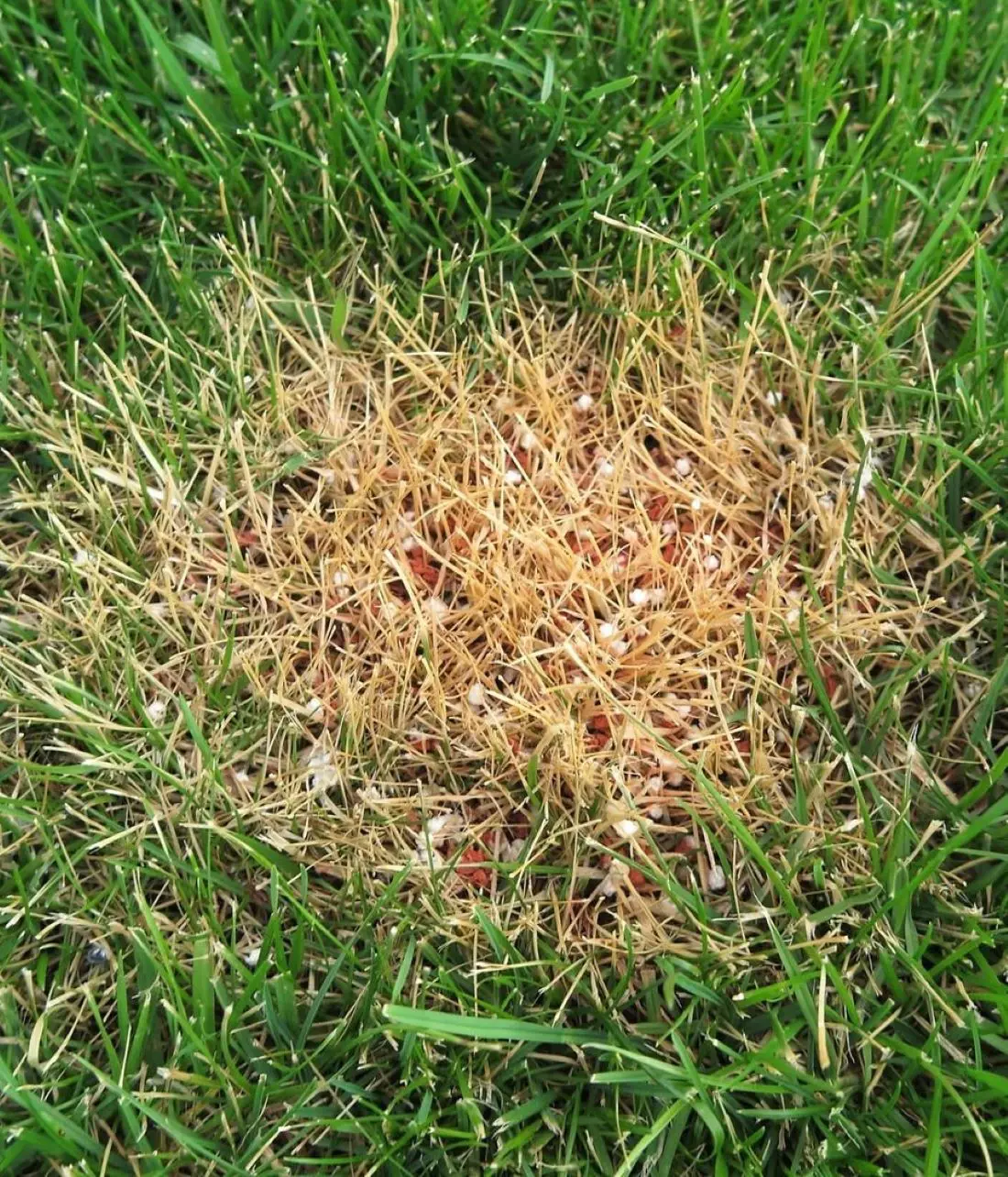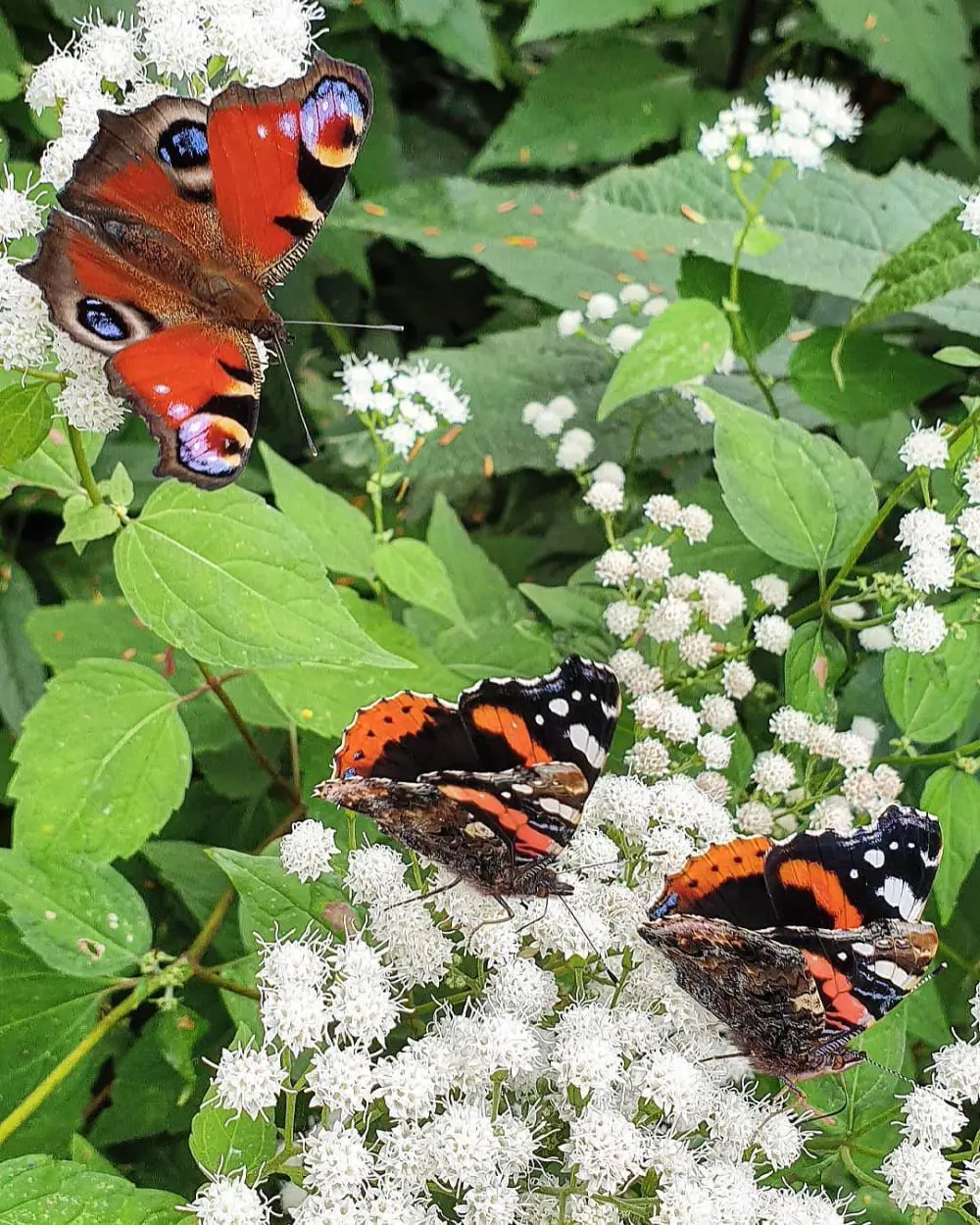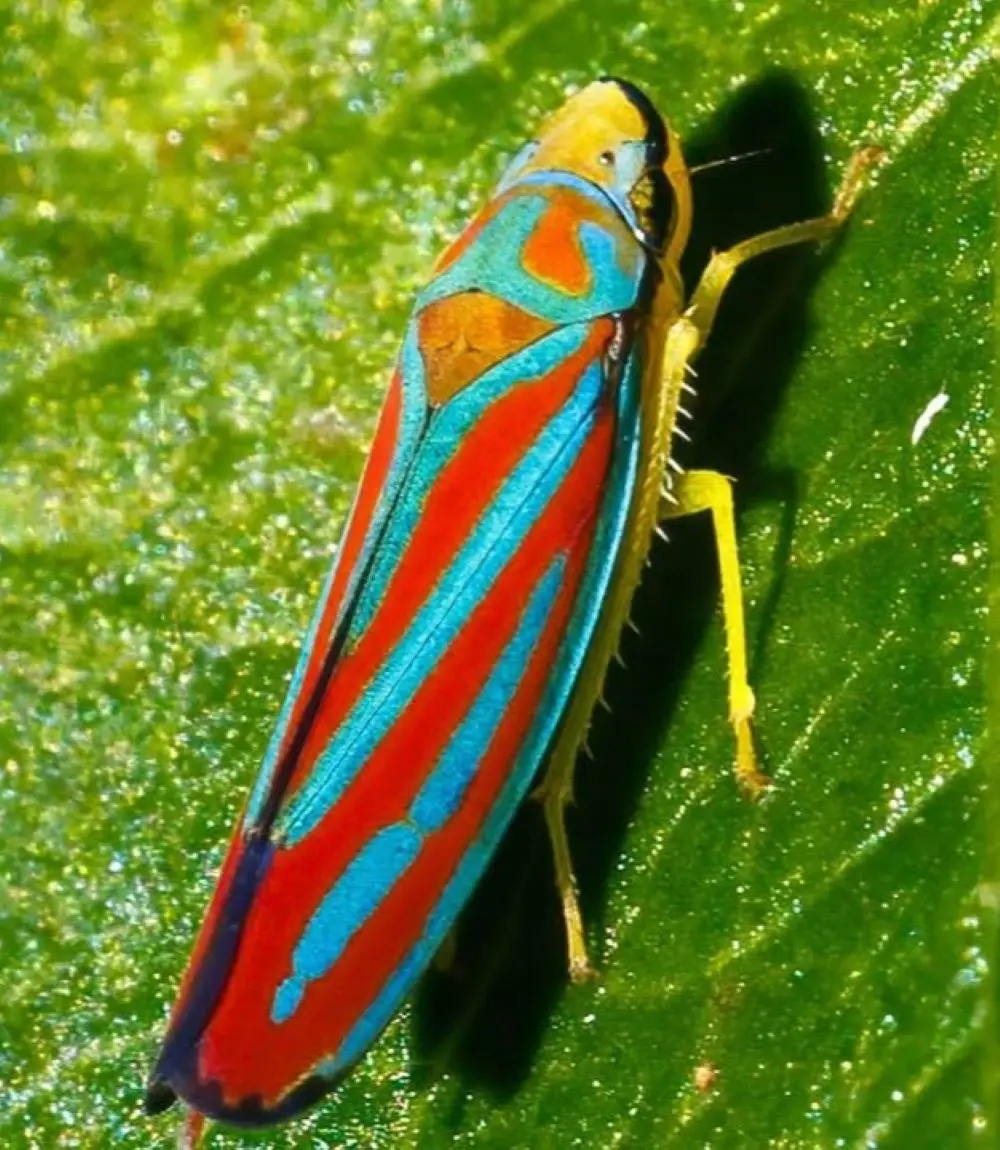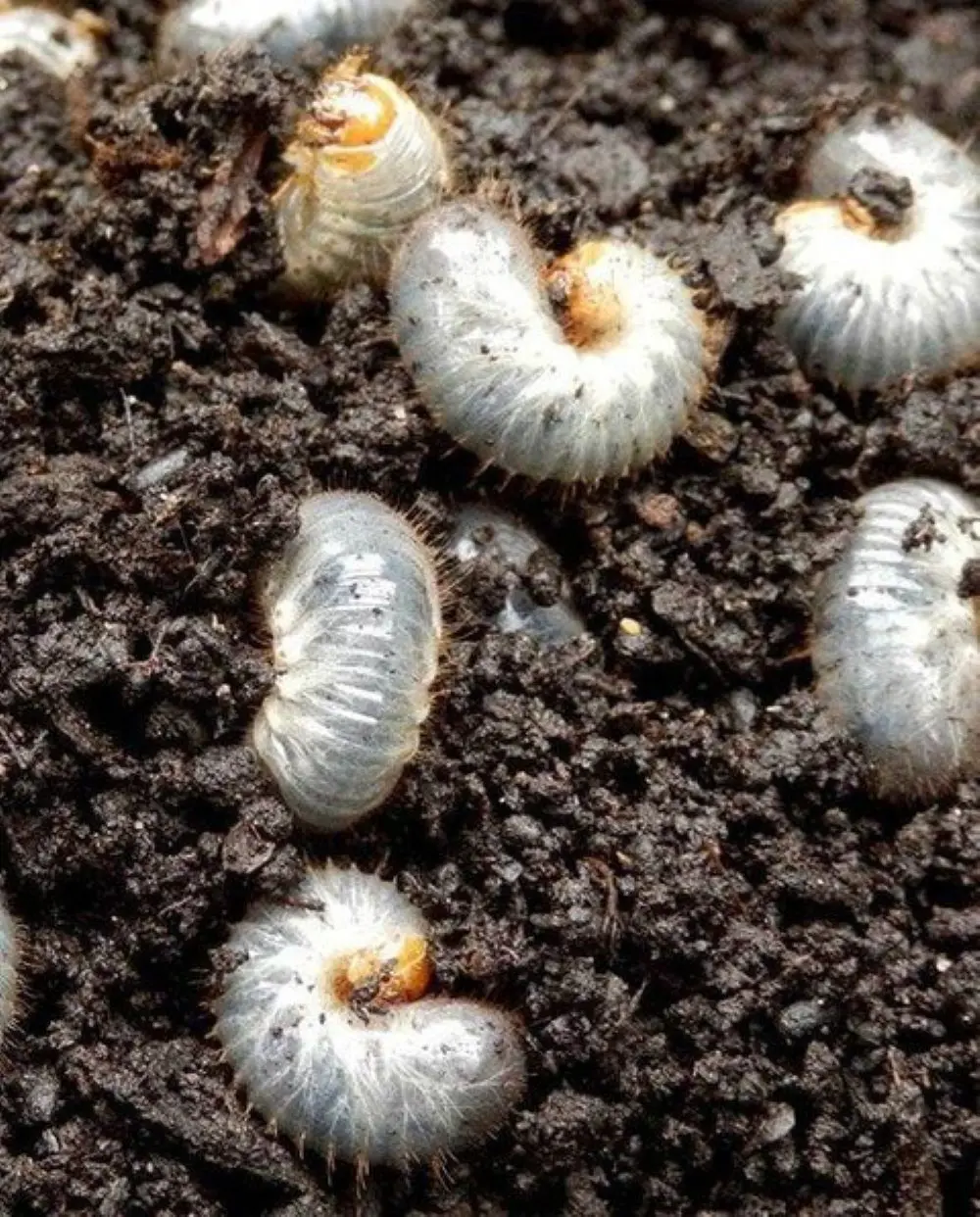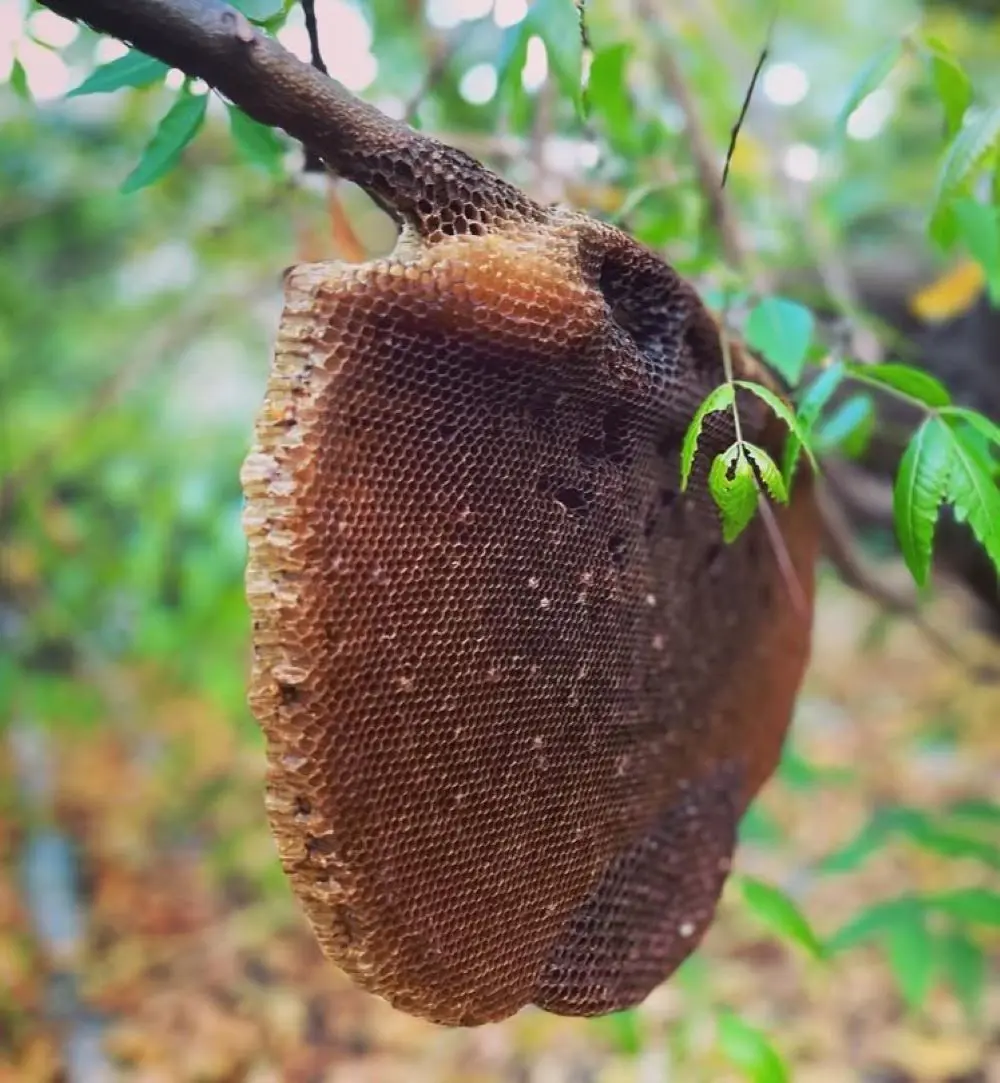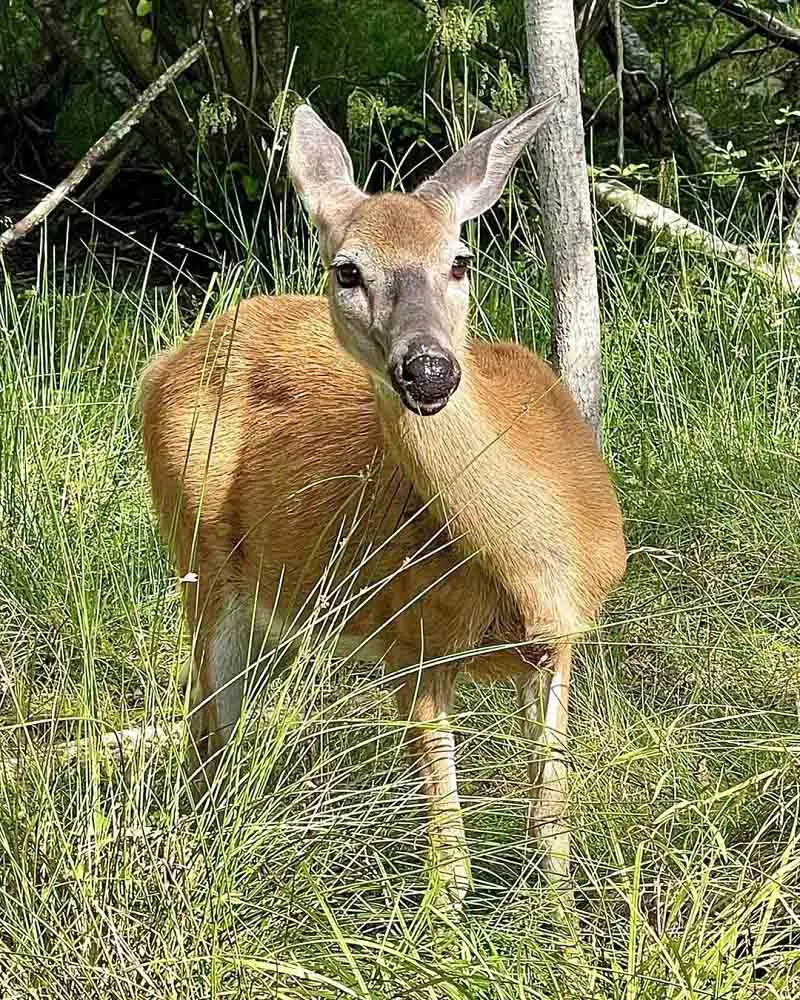How Do I Make a Wasp Trap
This wasp trap can be hung outdoors from tree branches, fences, awnings, or wherever else your wasps tend to hang around.
Step 1: Gather What You Need
The tools and materials you need to make a wasp homemade trap are:
Equipment/Tools
- Permanent marker
- Knife
- Hole punch (optional)
Materials
- Two-liter soda bottle
- A piece of wire for hanging your trap (optional)
- Something sweet (sugar, jam, juice, wine)
- Something savory (meat, grease)
Step 2: Prep the Soda Bottle
Unpeel all the labels from a 2 L (0.53 US gal) plastic soft drink bottle. It needs to be transparent so you can see if you have caught any wasps. If the selected bottle has labels that cannot be removed, you can use them but do know that it will be difficult to check for wasps.
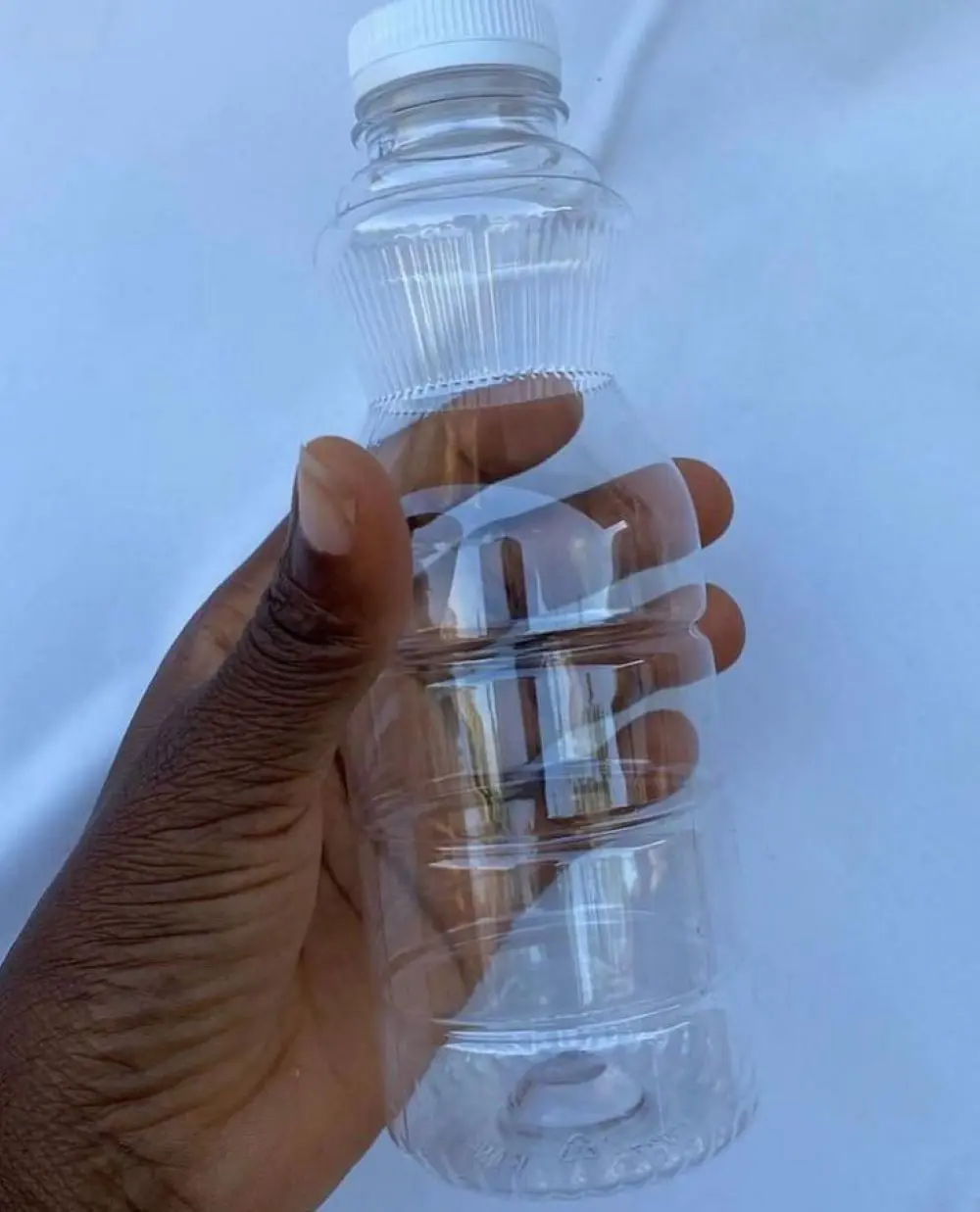
It is not compulsory to use a 2 L bottle plastic bottle to construct this wasp trap. You may use any other kind of plastic bottle or carton, provided it has a large enough opening for an entry point for the wasp.
Step 3: Mark the Cutting Point
You need to cut the bottle in two parts, so mark the bottom of the shoulder, where the curvature of the bottle starts straightening out, with a marker or masking tape.
The line does not have to be perfectly straight, but the marker or masking tape acts as a guide and makes it easier. For a milk carton, draw the line around the top under the natural crease that forms the triangular top.
Step 4: Cut along the Marked Line
Use a razor, knife, scissors, or any cutting instrument that is sharp enough to slice through the plastic bottle. You should be comfortable using it. Cut along the marked line carefully, or you could end up hurting yourself when the bottle slips from your grasp.
You could place the bottle on a slightly damp cloth or towel to steady the bottle and reduce slippage. This wasp catcher requires both the base and shoulder portions of the bottle, so ensure you only cut along the line.
This step is optional, but you can coat the inside of the bottle parts with olive oil. Pour a teaspoon of olive oil onto a paper towel and wipe inside the bottles to grease them. Once the wasps enter the trap, they cannot climb and escape since the bottle is slippery from the oil. Clean the bottle regularly, as the oil can become tacky over time, or try petroleum jelly to avoid the tacky situation.
Step 5: Bait the Trap
Once your wasp catcher is ready, you should know how to trap wasps using attractive bait. There are different baits you can use according to season.
Spring and Early Summer Bait: Grease or Meat Scraps
Earlier in the season, during spring and summer, the queen wasp is busy laying eggs, and the developing larvae need protein-rich foods. This is why worker wasps are attracted to meat scraps or other small insects.
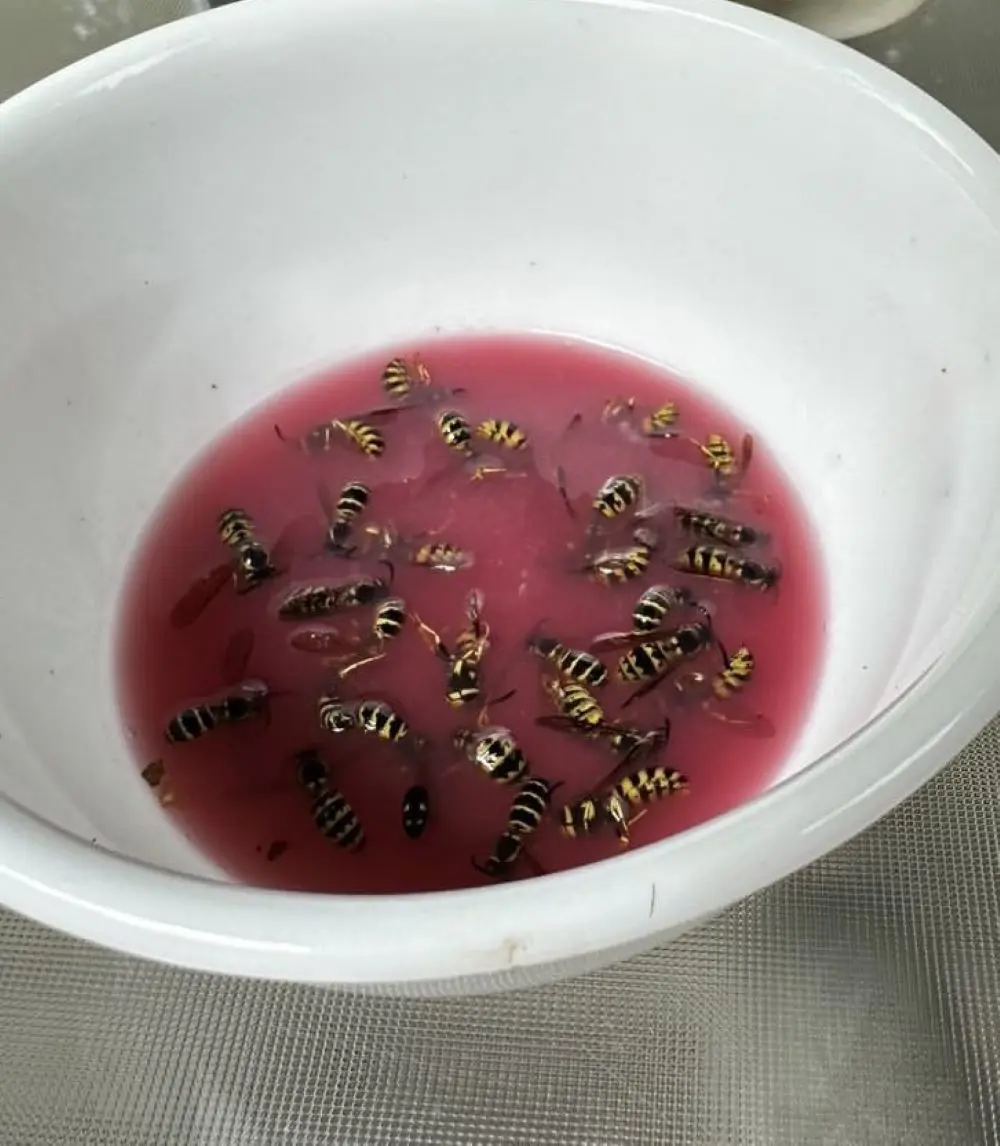
If you use meat in the trap during this time, you may even catch the queen wasp, forcing the rest of the nest to relocate. Place small pieces of leftover chicken, crushed crickets, or deli slices like ham inside your trap.
Late Summer and Early Fall Bait: Something Sweet
At this time of year, wasps are seeking sweet substances for energy. Vinegar is often used as a natural wasp repellant, and mixing apple cider vinegar with water is an excellent bait because wasps love the vinegar’s acetic acid. Other sweet options include sugar, jam, soda, and lemon juice.
Whether you use sugar, lemon juice, or apple cider vinegar, mix them with dish soap and water. Use one teaspoon of dish soap for a cup of water. The dish soap or the surfactant liquid breaks surface tension and drowns the wasps. Don’t add the dish soap to the bait solution to release the wasp and not drown it.
Step 6: Pour the Bait Solution into the DIY Wasp Trap
Once your bait solution is ready, pour at least 2 inches inside the bottle so that it is shallow enough to force the wasps to access the bait by completely entering the trap bottle.
Add less solution to leave at least 2 inches of space between the baiting solution and the trap opening if the bottle is shorter than the usual 2-litre soda bottle. 1 to 3 tablespoons of solution is enough if you want to attract the wasps but don’t want to drown them and release them instead.
Step 7: Cover the Bottle with the Neck Upside Down
Turn the bottle’s shoulder upside down and use it to cover its body. The body will hold the solution, while the shoulder acts like a funnel that allows the wasps to enter but not exit the trap. Remove the cap from the bottle’s shoulder before using it as a funnel.
Tape the bottle section along the cut edges to hold the funnel in place with transparent tape. For opaque tape, like duct tape, cut the strip in half to keep the band as narrow as possible.
Step 8: Make Two Holes and Connect Them with a String
Create a handle for the trap to hang by punching two holes on opposite sides toward the edge of the trap with a hole-puncher or scissors. Tie the ends of a 12-inch long string to each punched hole.
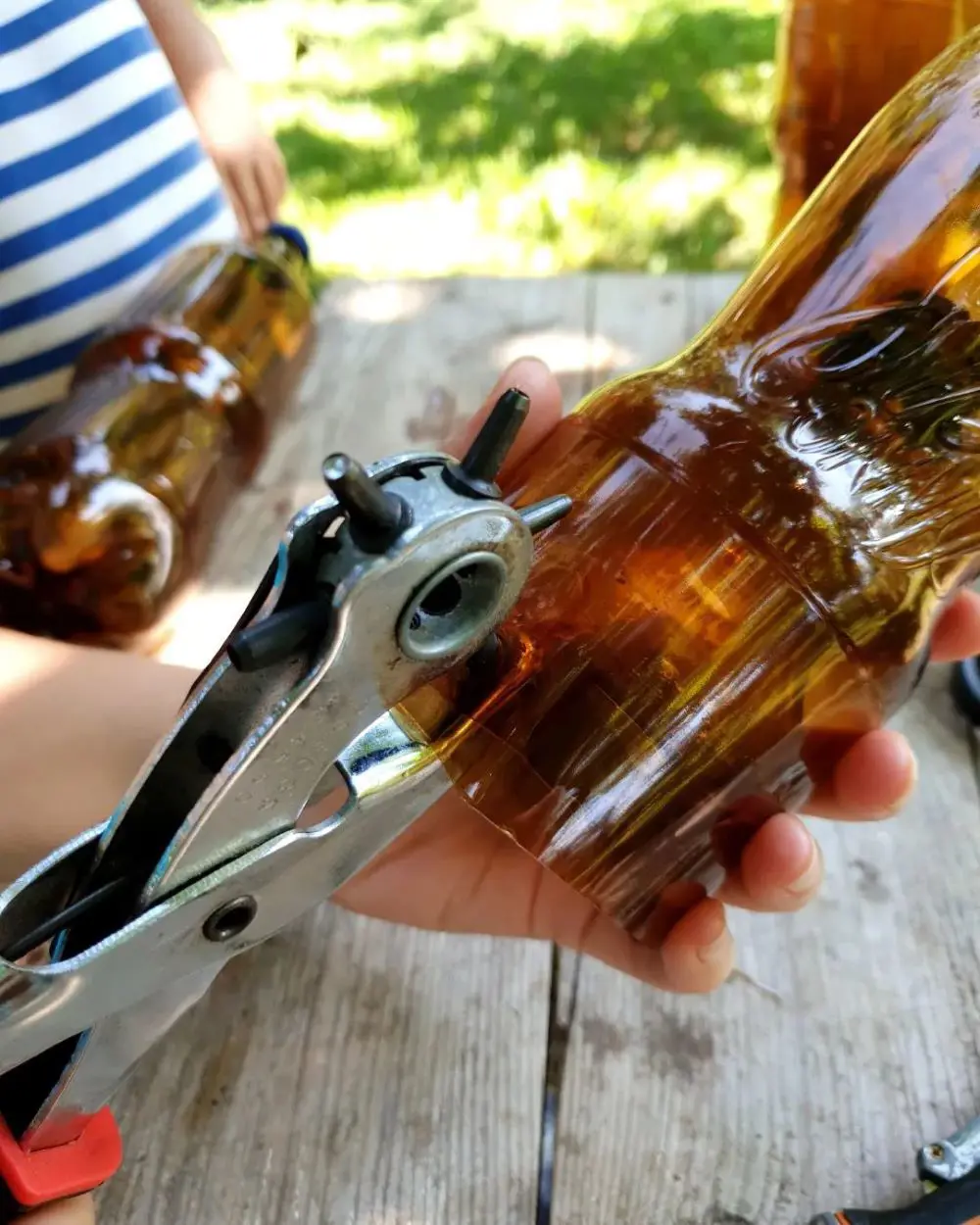
This creates a handle to hang your wasp trap. Use any string you have, but one sturdy enough to hold the weight of the trap and withstand any wind that might blow it around. A sturdy twine or even an old shoelace would work well as a handle for the wasp trap.
Step 9: Set Up Your Trap
Put the trap on a small table or stool to elevate it slightly, or hang the trap on a fence post or a lower branch of a tree. Traps hung about 4 feet from the ground tend to catch more wasps than those on low ground.
Do not place the trap near your regular relaxing or working space, as you may accidentally get stung by the wasps when they start crowding bait. Keep the trap about 27 feet away from your usual relaxing area.
Check the trap daily to ensure it is working. If after a week you have not caught any wasps, try moving the trap to a different location where you've been seeing wasps, or try another bait.
